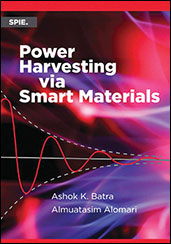Technical Paper
Optimization of One Way Tesla Valve
2021-10-01
2021-28-0250
Nikola Tesla in the year 1920 invented a new type of one-way valve, without any moving parts. He made this possible, by virtue of the geometry of the fluid path. In this work, we have optimised the design made by Tesla and increased its efficiency. Today, these valves are used in micro-fluidic systems, pulsating heat pipes, spacecraft propulsion systems etc. Apart from this, we have found that this valve can also be used in the Intra-venous fluid administration system and also in suppressors of guns. In the IV system, the valve can be used to address the reverse blood flow issue. In suppressors, the valve can reduce the pressure of hot gas coming from the gun which in turn reduces the sound made by the gun. Computational fluid dynamics (CFD) simulation was done using fluid analysis software. From CFD analysis it was observed that the efficiency of the optimised valve has increased 2 times as compared to the original tesla valve.


